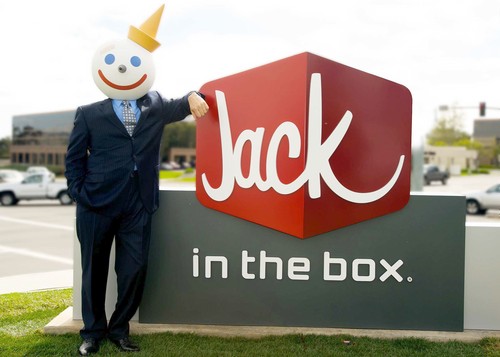
Perhaps in a former life I was a moth. That might help explain why I am drawn repeatedly to the enlightening insights of a select eclipse of CMOs. [Just in case none of you are entomologists, it turns out that a group of moths is called an eclipse. Who knew?] Now as we fly by my uncertain metamorphosis and choice of metaphors, let’s shine the light on Judy Hackett, CMO of Dun & Bradstreet, the subject of three interviews, two shared panels and a chapter in my book (see page 99 Element Bb: B2B Content Marketing).
Judy, by the way, is a treat to chat with as she is always forthright, offering practical advice and real-world examples. This time our topic was leadership and the challenges presented when your company is acquired. What’s particularly interesting is how her team managed to stay agile while working within the potential confines of the larger organization. Not an easy feat which is among the reasons Judy received the Officers Award from The CMO Club late last year. And as I reconsider reincarnation, you all can move on to wisdom of someone far less flighty.
Drew: Looking back over the last 12-24 months, what initiative under your leadership really worked well? What were some of the challenges you had to overcome? What were the results?
What worked well: It was important for our newly acquired company to demonstrate rock solid performance the very first full quarter with Dun & Bradstreet. We focused heavily on the success of our sales teams which resulted in beating both our top and bottom line targets for our division. The sheer magnitude of what marketing and product accomplished in demonstrating value in our first quarter was impressive. We completed a full rebranding in less than 30 days. We developed and launched a new concierge service for Hoovers and initiated several new product relaunches in the very first quarter as a combined company. But, it was our financial performance we could all take the most pride in.
Challenges: The biggest challenge for any small, nimble company is to stay nimble when you are acquired by a larger organization. It’s really important to mentor your teams through that change-especially when it comes to avoiding certain large company trappings like meeting hell and PPT decks. Setting clear goals with a focus on revenue success helped the team to prioritize what was truly important. Our division’s first quarter performance with the new company was a result of that focused effort. Results speak volumes. People forget that declined meeting [when the results are good].
Drew: When advising members of your team on cross-departmental initiatives, what do you tell them to do and not do to ensure success?
Three things:
- If you are going to pitch something, defend something or oppose something, make sure it has strong business rationale behind it.
- Always have a plan B and be prepared to compromise.
- Try to remember that marketing is in a position of serving the rest of the organization. Put on a service hat.
Drew: Did any of your marketing initiatives involve employee activation? If so, can you describe what you did and how it worked? How did you get employees to care?
We launched a new Hoovers concierge-type service for small businesses almost immediately after taking over the Hoovers business for Dun & Bradstreet. We wanted to make a sales impact quickly and in order to do so we had to build the service, train the teams and take it to market within two months. Since we had no team to run it, we pulled in resources from across the organization to step out of their current roles and take on new responsibilities through the test and fulfillment period. We got sales teams excited by creating a huge Formula One racing event and themed everything “off to the races.” We supported it with direct marketing efforts, the likes of which Hoovers had not seen in years. When the first sale was made, you could hear the celebration from Austin to Malibu.
Drew: Your company was recently acquired. Did that create some new leadership challenges and if so, how have you addressed these?
There’s more dealing with public company policies and procedures and even politics, which can be challenging, but when it comes to heading up marketing and product for emerging businesses, thankfully I still have autonomy to lead our teams as I have done historically and with that I’ve been able to maintain our culture which is critical to our success.
Drew: Looking ahead to 2016, what is the single biggest challenge that you’d like to overcome?
Through our division’s work building and launching a suite of new credit and marketing products and services in 2016, I hope our teams can help affect a positive shift in culture at Dun & Bradstreet–one that resembles a more agile approach to product launches and go-to-market. Understandably, this is a big goal in a company that is large, global and public.
